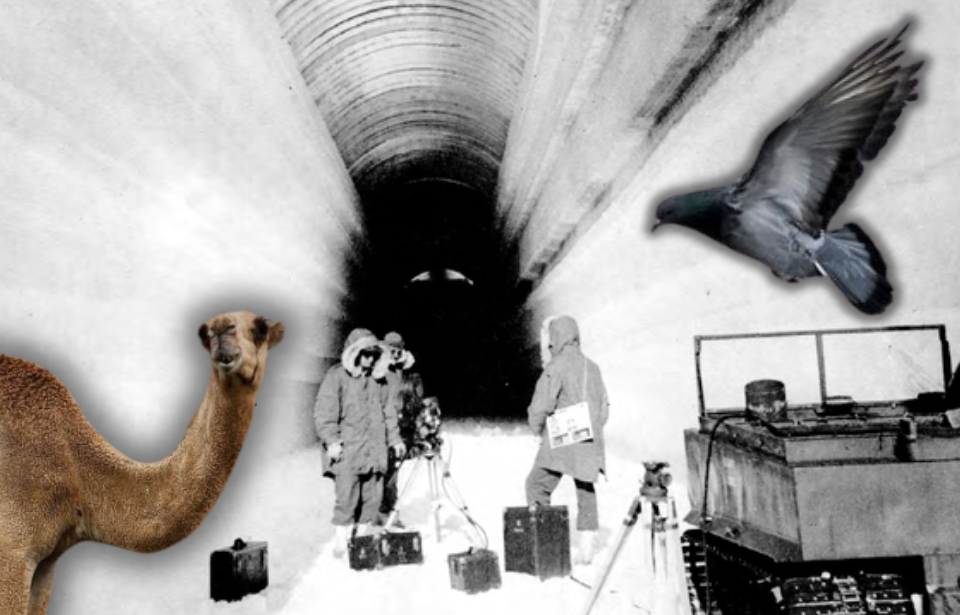Some of the most interesting moments in military history are the experiments that happen behind the scenes and never see the light of day – and some are pretty unusual. With its immense budget, the US military has tested many ideas, no matter how silly, far-fetched or outlandish they may have seemed.
This list is comprised of six weird and unusual experiments conducted by the US military.
Peacekeeper Rail Garrison

The Peacekeeper Rail Garrison was a solution proposed in the 1980s to deal with the vulnerability of – and reliance on – stationary missile launch sites. At the time, it was feared these locations would be primary targets in the event of a Soviet attack, eliminating America’s ability to retaliate.
To solve this problem, the US military conjured an unusual experiment to house missiles on train cars that would remain on the move during times of tension. US President Ronald Reagan green-lit the idea in 1986.
The intercontinental ballistic missiles (ICBMS) would be transported in specially-designed US Air Force train cars. These would be kept within shelters the majority of the time, but, when necessary, could be brought out to travel along 120,000 miles of track across the United States The train cars could have also served as a mobile launch pad.
The Peacekeeper Rail Garrison was canceled five years later, as the end of the Cold War meant it was no longer needed.
Project Iceworm

Another missile-related project, Project Iceworm was America’s attempt to place intercontinental ballistic missiles in the ice caps of Greenland, without the latter’s express consent. The location was ideal for hiding the weapons and allowed for rapid strikes on Soviet territory. This unusual US military experiment was explored via Camp Century, an ice base that the United States publicly claimed to be a scientific research facility designed to test construction techniques in Arctic climates.
Considering it was a prototype base, Camp Century was an incredible feat in its own right. Some 21 tunnels were carved into the thick ice, which housed a kitchen, a barbershop and a chapel, among other amenities. The base was powered by a nuclear reactor and was home to 200 personnel.
All was going well… Until the shifting ice caps distorted the tunnels, which needed constant maintenance to keep their shape. After a while, this challenge proved too great, and the project was canceled in 1963. Camp Century was abandoned three years later.
Edgewood Arsenal Human Experiments
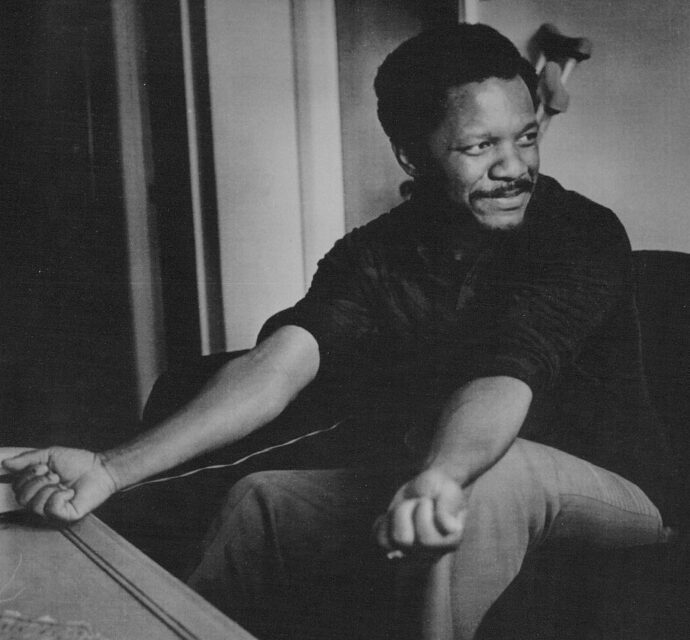
These tests that occurred from 1948-75 were downright unethical. The Edgewood Arsenal Human Experiments were conducted at Edgewood Arsenal, Maryland, and involved experimenting on thousands of soldiers and civilians with psychoactive chemicals.
The military location, erected at Aberdeen Proving Ground (APG), was originally established as a manufacturing facility for toxic gas during the First World War, and later changed its focus to researching, testing and manufacturing chemical agents.
Over 7,000 soldiers and 1,000 civilians were experimented on with 254 chemicals. According to the military, the purpose of the Edgewood Arsenal Human Experiments was to look into the use of these substances in combat and interrogations, but nothing useful was gleaned.
After the US Congress began investigating the unusual and inhumane experiments in the mid-1970s, the US military canceled the initiative. What followed were lawsuits and an ongoing debate regarding the safety of participants and the ethical implications of such tests.
Flying aircraft carriers
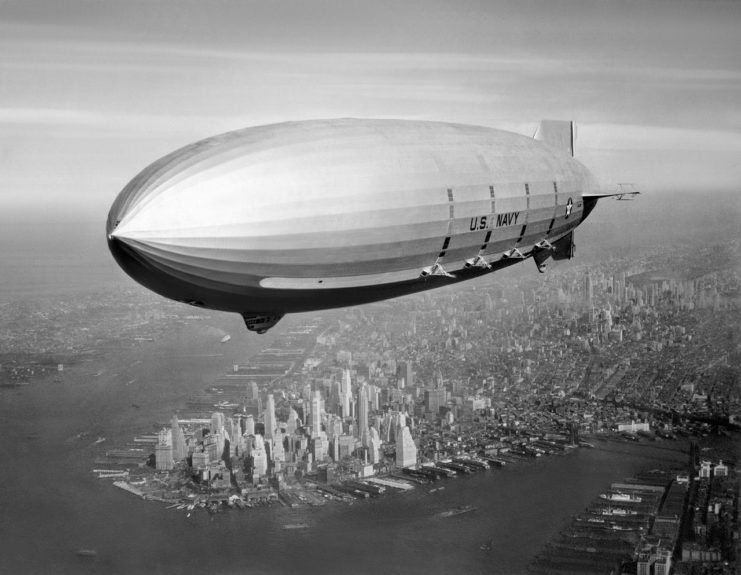
The concept of a flying aircraft carrier may be familiar to Marvel fans, but you certainly wouldn’t have found Nick Fury at the helm of one of these 1930s airships.
The USS Macon (ZRS-5) and Akron (ZRS-4) were both airships that also acted as floating aircraft carriers for long-range scouting missions. These enormous aerial vehicles could hold and launch up to five Curtiss F9C Sparrowhawk, and retrieve them once they returned. Departing aircraft was lowered out the belly of the airship, while returning ones hooked up to an arm also located on the belly.
While the idea of floating aircraft carriers that could serve as mobile airfields seemed great at the time, this unusual US military experiment met a rather inglorious end. Both Akron and Macon were lost to unfavorable weather conditions, leading to the sad deaths of 75 crewmen – two aboard Macon and 73 serving aboard Akron. Soon after, the concept was scrapped.
US Camel Corps
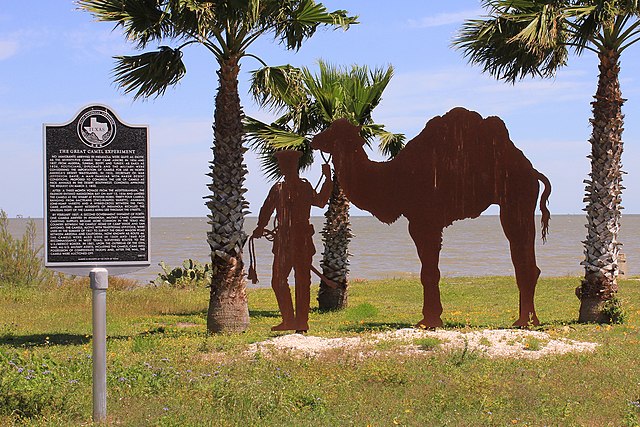
The oldest unusual US military project on this list is the US Camel Corps, an experiment conducted by Secretary of War and soon-to-be President of the Confederacy Jefferson Davis and Officer of the Quartermaster Department Maj. Henry Wayne in the 1850s.
The pair imported camels – 19 females and 14 males – from North Africa, Turkey and the Mediterranean to see if they’d be able to cope in roles typically dominated by horses in southwestern territories. Logically, it was a good idea – and it was, as camels are at home in hot, dry environments; can carry substantial loads; and can go days without water.
The animals, indeed, performed well and even handled the difficult terrain better than horses and mules. However, the project was cut short by the outbreak of the American Civil War, and the camels were either let loose in the wild or sold off, with many winding up in mining towns. Reportedly, sightings of these wild camels were recorded until the 1940s.
Project Pigeon
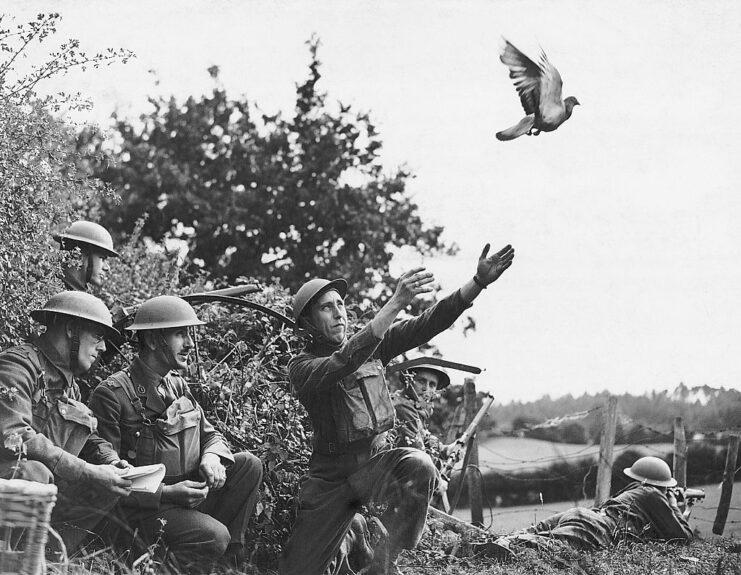
The final entry on our list of unusual US military experiments is Project Pigeon, an attempt to create a biological missile guidance system with the use of birds.
The project was carried out by psychologist and behaviorist B.F. Skinner during the Second World War. While observing a flock of pigeons in flight, Skinner noted their maneuverability and flying skill and was struck by an idea: what if you could use the birds to accurately guide a missile?
Skinner was granted funding by the military to research the idea. He trained pigeons to peck at objects resembling targets and placed them in a cockpit complete with a small screen that displayed the missile’s heading. The birds would peck at said target and, as a result, steer the weapon toward it.
More from us: How Many Times Did the World Nearly End During the Cold War? Answer: A Lot
The tests seemed to prove that such a system could work, but the military denied further funding as the idea was considered too far-fetched.
